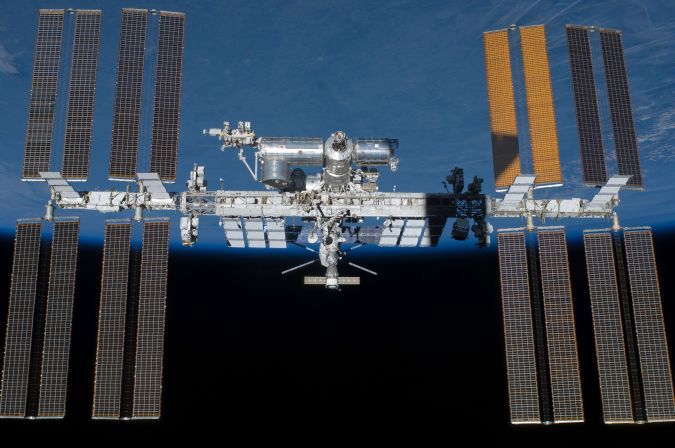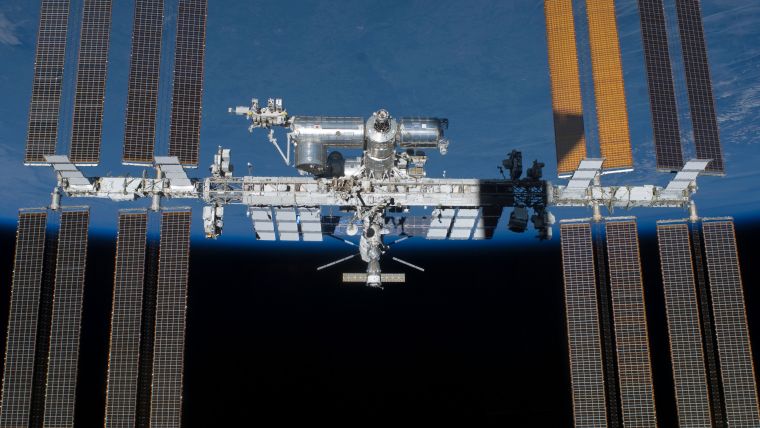New AI Algorithms Streamline Data Processing for Earth Observation Instruments
Transforming the raw data gathered by Earth-observing instruments into actionable knowledge is a challenging task, especially when instruments have to decide for themselves which data points are most important. Engineers and researchers are developing a set of AI algorithms that could help raw data to be processed more efficiently.
“There are volcanic eruptions, wildfires, flooding, harmful algal blooms and dramatic snowfalls, and if we could automatically react to them, we could observe them better and help make the world safer for humans,” said Steve Chien, a JPL fellow and head of artificial intelligence at NASA’s Jet Propulsion laboratory.
AI Algorithms to Assist Space-based Remote Sensors
Engineers and researchers from JPL and the companies Qualcomm and Ubotica are developing a set of artificial intelligence (AI) algorithms that could help future space missions process raw data more efficiently. These AI algorithms allow instruments to identify, process and downlink prioritized information automatically, reducing the amount of time it would take to get information about events like a volcanic eruption from space-based and planetary instruments to scientists on the ground.
These AI algorithms could help space-based remote sensors make independent decisions about which Earth phenomena are most important to observe, such as wildfires. “It’s very difficult to direct a spacecraft when we’re not in contact with it, which is the vast majority of the time. We want these instruments to respond to interesting features automatically,” said Chien.
Embedding Commercial Processors
Chien prototyped the algorithms using commercially available advanced computers onboard the International Space Station (ISS). During several separate experiments, Chien and his team investigated how well the algorithms ran on Hewlett Packard Enterprise’s Spaceborne Computer-2 (SBC-2), a traditional rack server computer, as well as on embedded computers. These embedded computers include the Snapdragon 855 processor, previously used in cell phones and cars, and the Myriad X processor, which has been used in terrestrial drones and low Earth orbit satellites.
Including ground tests using PPC-750 and Sabertooth processors – which are traditional spacecraft processors – these experiments validated more than 50 image processing, image analysis and response scheduling AI software modules.
The experiments show these embedded commercial processors are very suitable for space-based remote sensing. This will make it much easier for other scientists and engineers to integrate the processors and AI algorithms into new missions.


Value staying current with geomatics?
Stay on the map with our expertly curated newsletters.
We provide educational insights, industry updates, and inspiring stories to help you learn, grow, and reach your full potential in your field. Don't miss out - subscribe today and ensure you're always informed, educated, and inspired.
Choose your newsletter(s)












